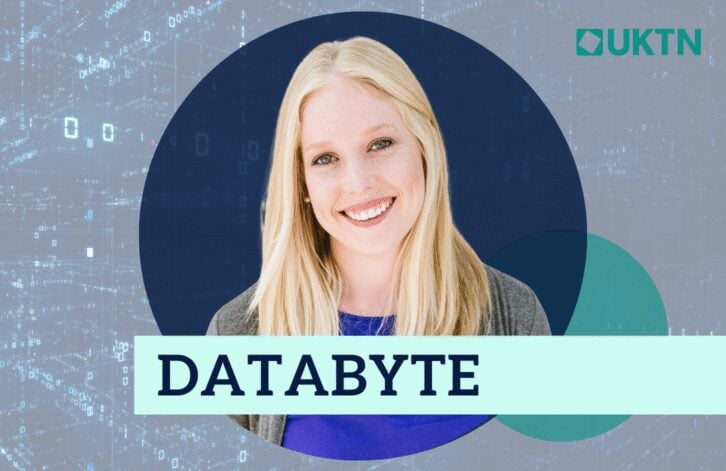At a time when almost every business is facing pressure to adopt AI technologies, knowing if it is actually the right move and how to go about it is a real challenge.
While the term AI is thrown around excessively, it is important to recognise that it refers to a vast and diverse array of technologies and processes, so while most businesses to some extents are exploring AI, knowing what to do with it is another matter entirely.
The current generation of AI technologies are at a mature enough state now that most organisations can recognise its ability to increase productivity, but software firm Atlassian has sought to look beyond individual efficiency gains in tasks like drafting emails or writing simple code to see what the firms seeing genuine returns on their AI investments are doing differently.
In its recently published AI Collaboration Index, Atlassian examines how companies are incorporating AI and why, even with increased individual staff productivity, the real gains available from the technology are quite different.
AI improving productivity
According to Atlassian’s research, workers’ daily use of AI tools has doubled in the past year, and on an individual level, the practice has led to an output increase of 33%, saving the average employee around 1.3 hours per day.
As well as speeding up the completion of daily tasks, the workers polled said they were able to reinvest that saved time into areas such as process improvement, strategic thinking and planning and professional development.
Productivity boosts are not enough
Despite the clear advantage for workers using AI, business leaders asked by Atlassian overwhelmingly agreed that since incorporating AI processes, there was little in the way of meaningful transformation.
In fact, only 3% reported a “transformational change” from AI processes, despite the majority (76%) claiming that increased employee productivity was what they considered the main indicator of whether investments into AI had paid off.
It may actually be the case that this hyper-focus on personal productivity makes a company less likely to achieve dramatic innovation.
“Yes, AI can save time by writing code or drafting emails. But most teams are still drowning in tasks, plus an ever-growing wave of AI tools. Silos persist. Work remains splintered across platforms. Goals are disconnected,” said Dr Molly Sands, head of the teamwork lab at Atlassian.
“While organisations are seeing isolated AI-enabled productivity gains, these gains are not translating to significant improvements in company-wide efficiency, innovation, or work quality.”
AI is not infallible
Part of the problem, according to the executives questioned by Atlassian, is that often enough AI has led teams down the wrong direction, perhaps a result of the often-criticised sycophantic nature of popular chat bots, which can lead to cases of AI agents being overly agreeable.
There also remains an issue of AI hallucinations, perhaps less prevalent than what was seen during the first release of ChatGPT, but still an issue.
The report found that 42% of employees that used AI in their work trust its outputs without checking for accuracy, often due to time pressures.
AI coordination
As the report established, around 97% of businesses are not viewing their AI returns as transformative, raising the question of what those few are doing right.
The report has identified key factors of a successful implementation of AI, among them being the establishment of a company-wide knowledge base.
This is essentially the practice of ensuring that any insights relating to or generated from AI are used to support the entire team and the internal AI tools.
“AI can only action what it can access. If knowledge is only shared in side conversations or stuck in silos, AI cannot proactively flow those insights across the organisation,” Sands said.
This can be achieved fairly simply by team members collaborating in digital whiteboards and shared spaces, including AI notetakers in meetings and essentially ensuring that valuable insights that can give context to a firm’s AI agents.
The report also urges the setting clear goals that are documented in a centralised platform to ensure AI systems are able to focus on relevant tasks and encouraging all team members to participate in the increased use of AI for improved coordination.
Ultimately, the report has determined that this wider idea of coordination is the vital element in getting the most out of AI tools. Individual use can speed up minor tasks but collaborating, standardising and coordinating can make a much greater difference.
“When coordination is not a focus, anchoring on personal productivity can worsen existing problems,” Sands said.
“People may work with AI to complete tasks more quickly, but they don’t stop to consider whether they’re doing the right tasks.”

